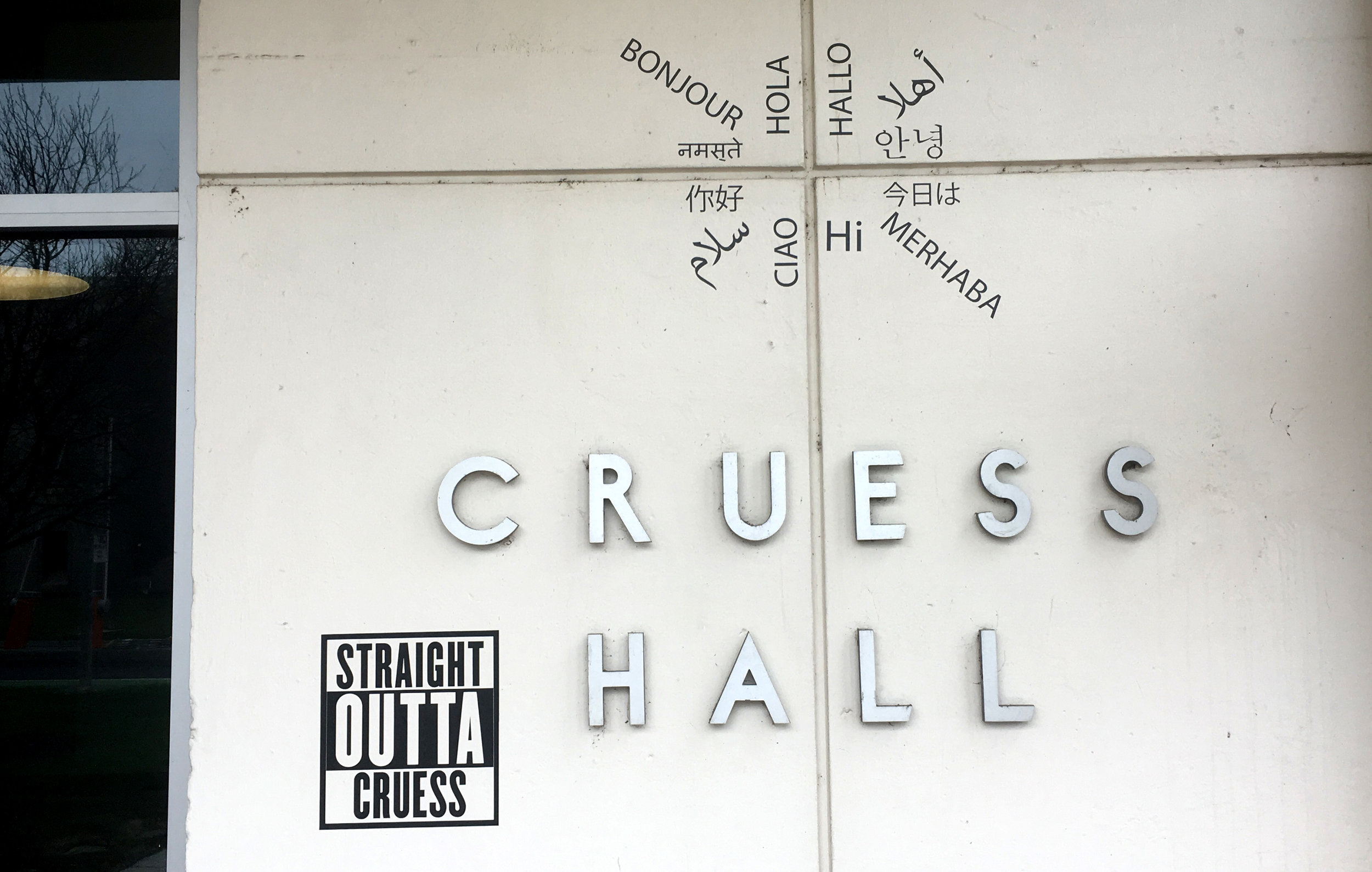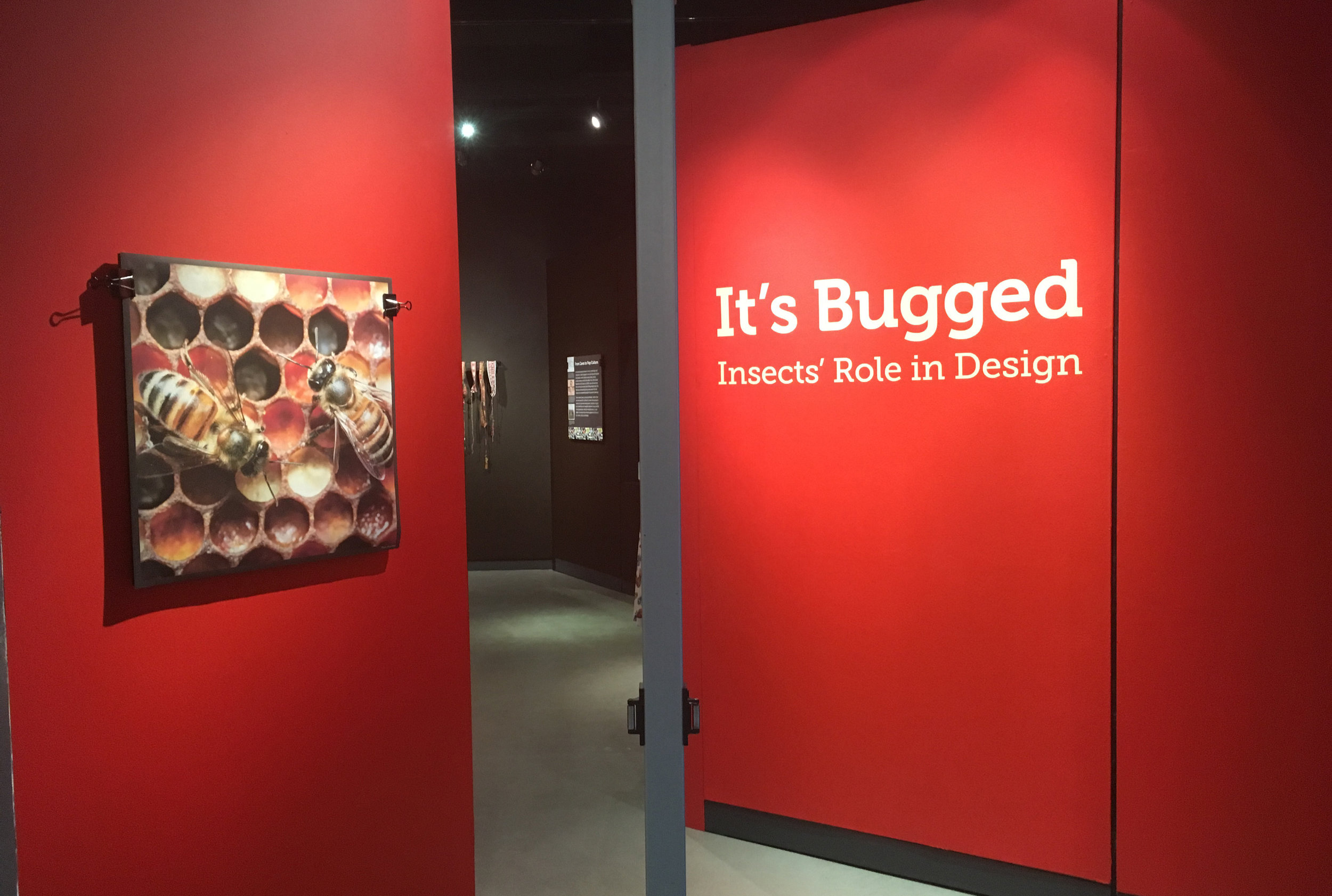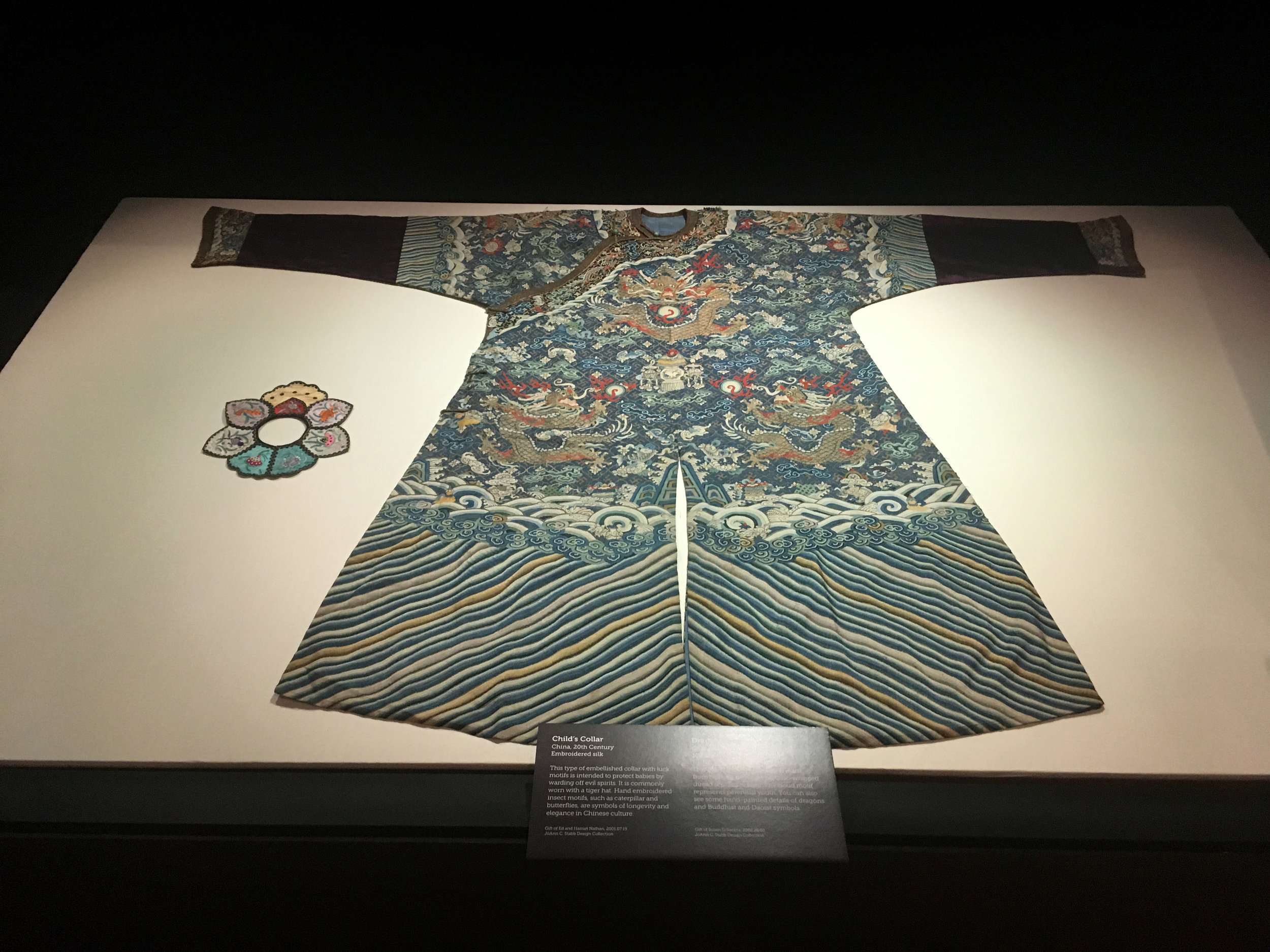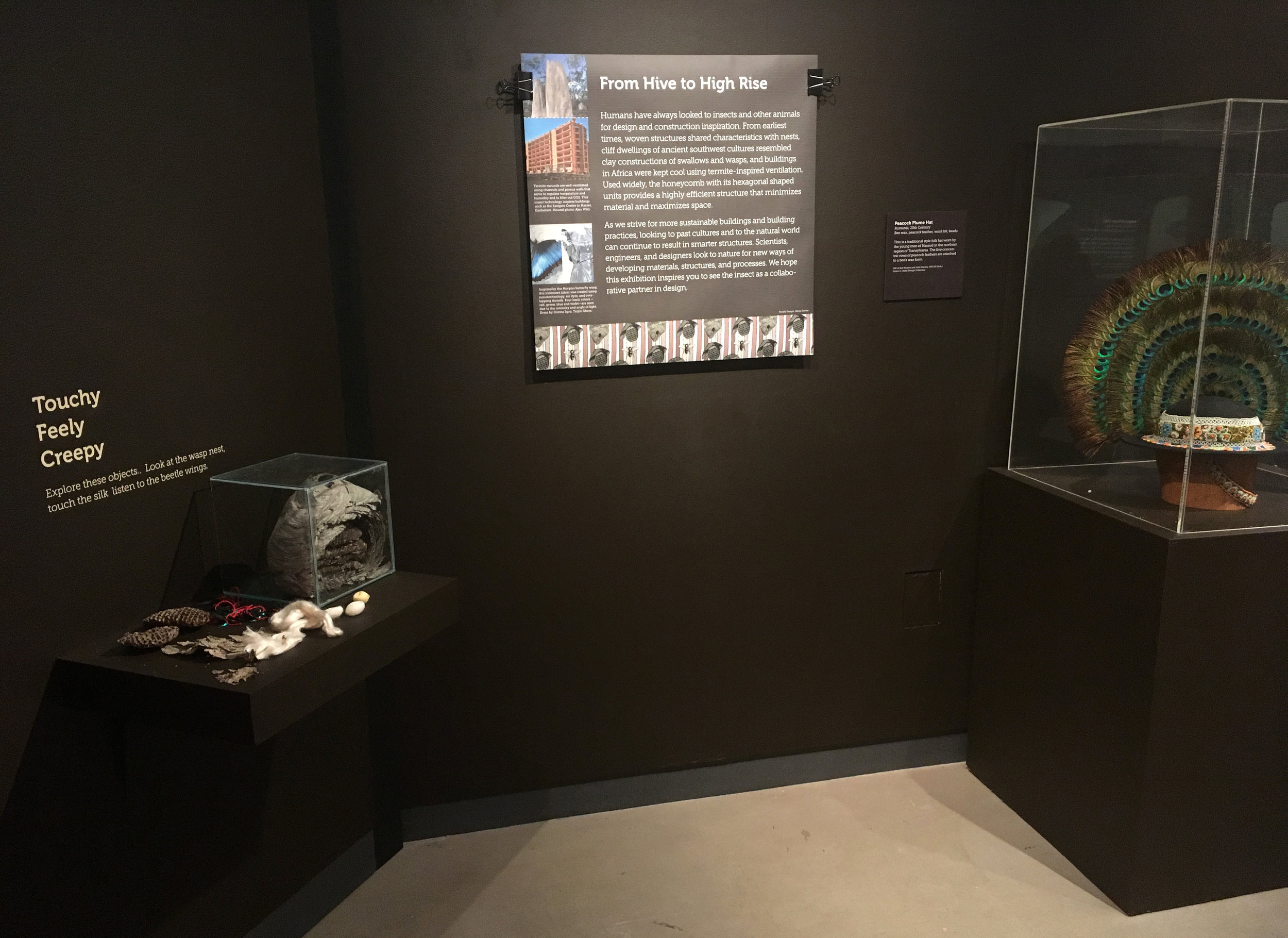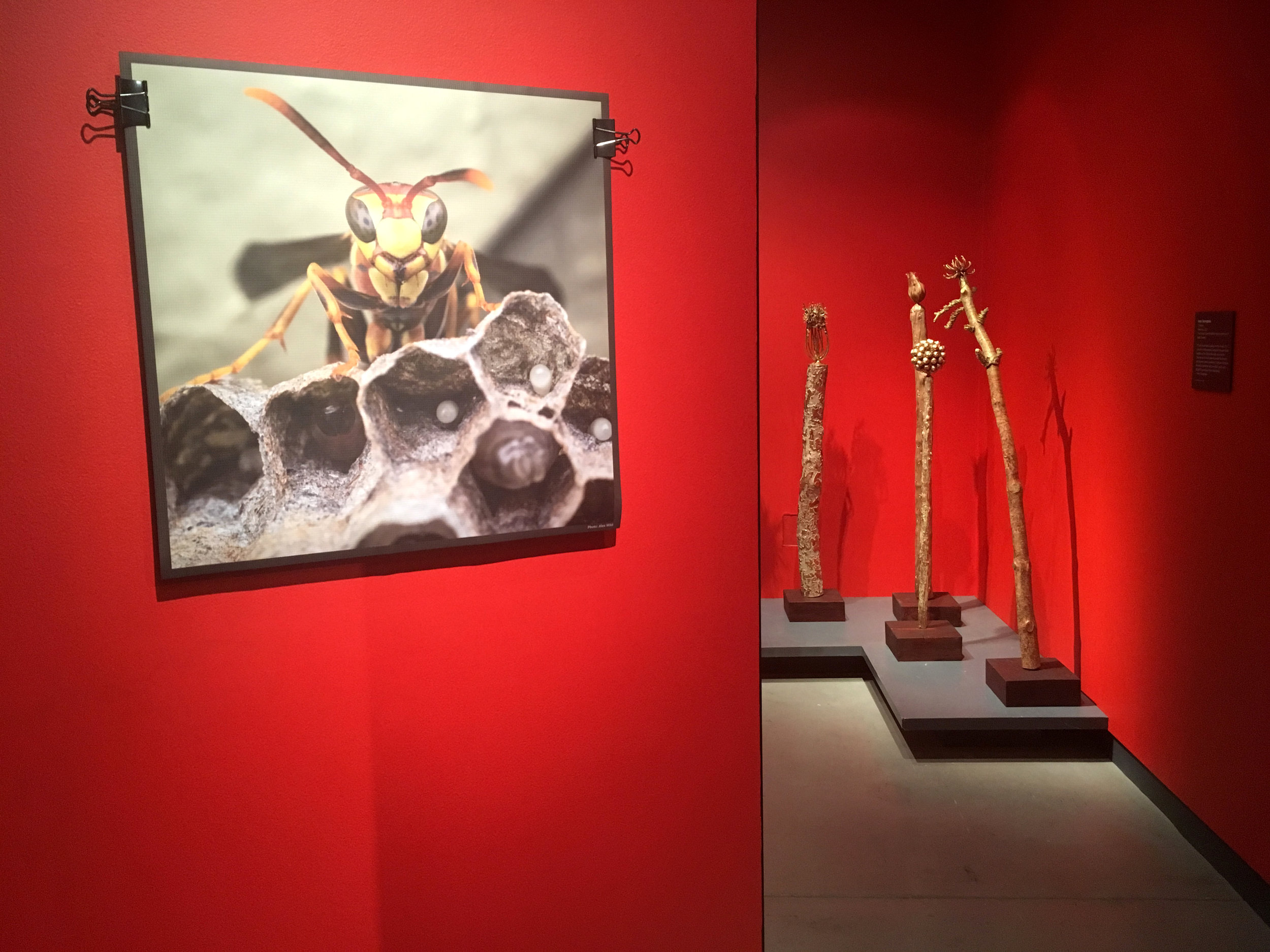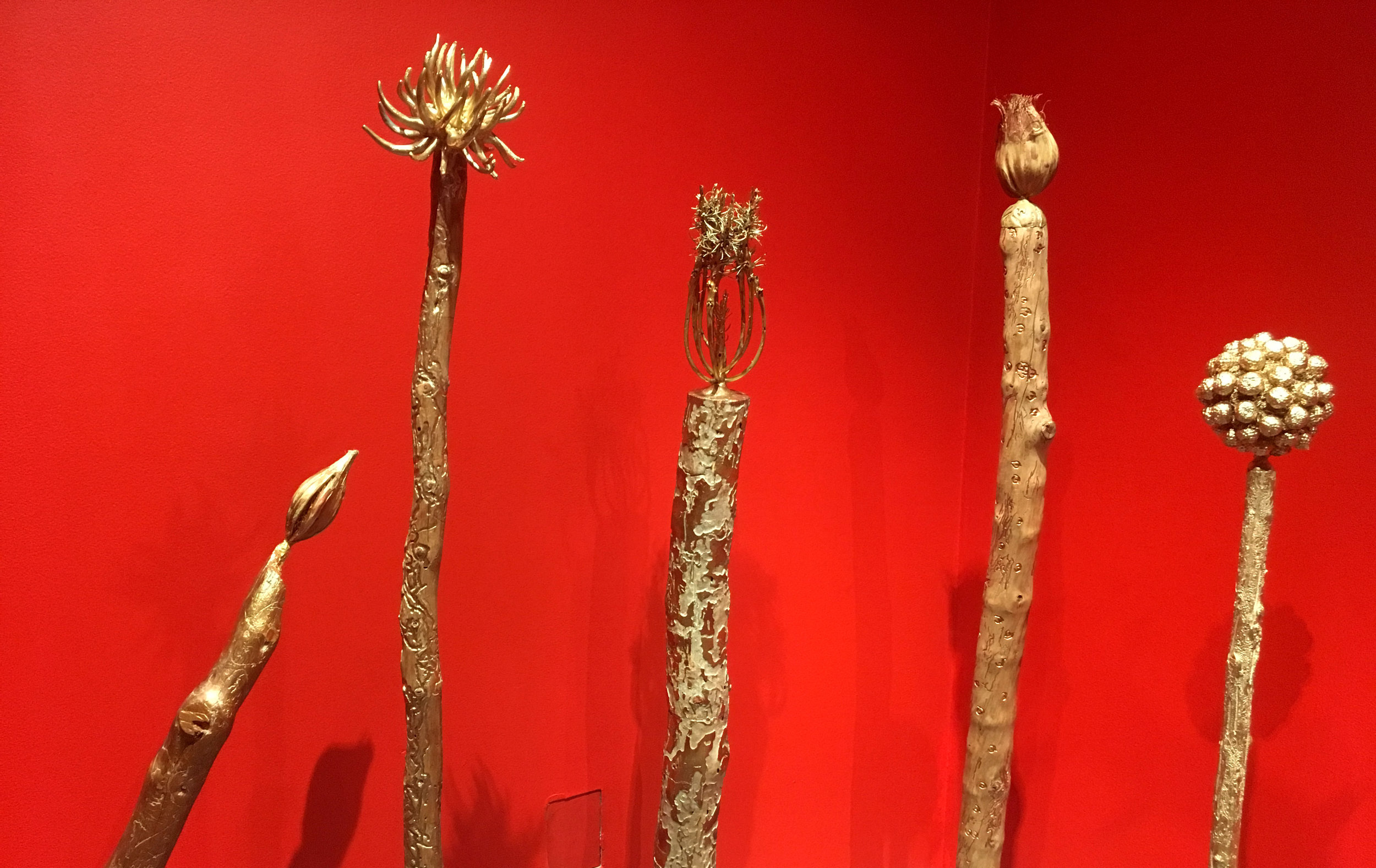Teaching Design Museum (Davis, CA)
UC Davis, CA. Many exhibition-related designers, like myself, slipped sideways into it from other areas of design or theater or art. It's often an organic but accidental career destination. It's rare to find a school that actually offers exhibition design. I was lucky to spend several refreshing hours chatting with Tim McNeil, Director of the Design Museum and Professor of Design for Exhibition Design and Environmental Graphic Design. The museum "explores how design shapes, improves and makes economically viable the objects, technology and environments we use, inhabit and experience every day."
Located on campus inside the design department, the intention of the museum is to enhance the teaching and research activities of the design program. The words "Speed Mentoring Exhibit Mock Up" are heart warming to see.
The museum is a founding adopter of the Green Museums Accord (California Association of Museums and the Green Museums Initiative) and the exhibition I saw, “It’s Bugged: Insects’ Role in Design” was a participant in the annual UC Davis Biodiversity Museum Day.
The entry is off a hallway through swinging classroom doors. The space is small. Just one room and a smaller room, with an office off the back.
What's exciting to me is the quarterly turn over of exhibits in this little space, which keeps everyone on their toes. The time constraint causes resource and decision constraints as well, so the students have the opportunity to see authentic design in process and study the results.
The insect exhibition explores how makers, designers, architects, and artists draw upon nature’s patterns, and how humans and insects collaborate as producers of raw materials. It combines elements from the Joann C. Stabb Design Collection and works from collaborating artists.
With respect to honeybee architecture, the room's corners are cut to form a hexagonal shape, making the small space feel larger. The hanging fabric centered in the room, mirrors the shape.
The fabric was designed for the exhibition
The angled room corners form deep open vitrines,
creating a feeling of infinite space behind the display, (where the corner would be).
Campus visitors must be well behaved, because these vitrines are open without plex.
Each section text panel reflects the facing fabric pattern. Section titles play with Initial letters.
Insect vitrines are tilted specimen drawers. Displays are informally arranged, making them feel more alive.
Beetle jewelry combined with specimens is just one of many small thoughtful details.
I like the resourceful simplicity of install solutions.
Hornet nest paper sculptures by Ann Savageau's are nicely integrated.
And her wood sculptures etched into striking patterns by bark beetle larvae.
From curation to design to install, the museum feels like a living changing example of important design considerations. Student visitors seem to be studying and learning from the design as much as the content.
As a sideways designer, I had the added excitement of learning everything "on the job." But visiting UC Davis made me envious of the jump start these students receive, in good hands!
